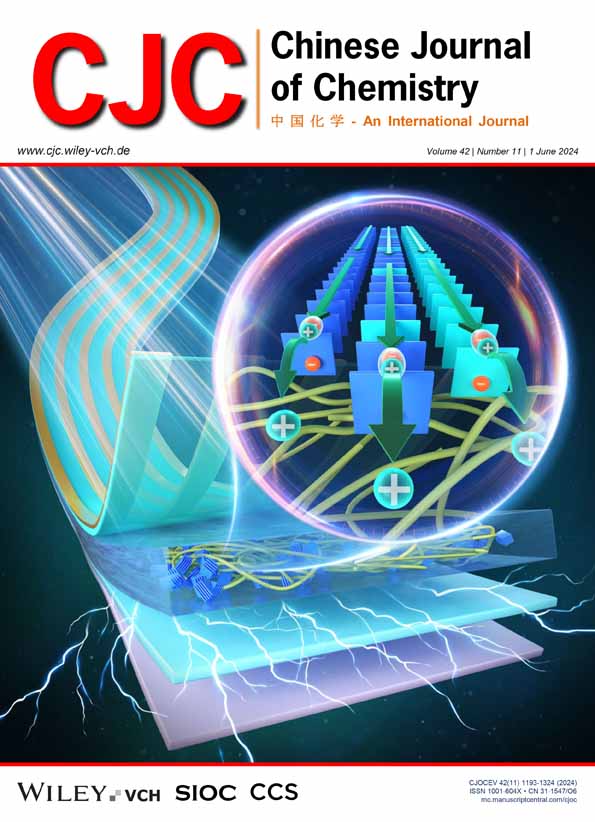Organofluorine compounds have attracted substantial interest in life and materials sciences due to the unique properties of fluorine atom(s) that often change the physicochemical and biological properties of organic molecules. Transition-metal-mediated cross-electrophile coupling between carbon electrophiles and fluoroalkyl electrophiles has emerged as a straightforward and efficient route for the synthesis of a wide range of fluoroalkylated compounds because of its synthetic convenience without the tedious synthesis of organometallic reagents. Moreover, alkenes or alkynes-involved three-component cross-electrophile couplings provide rapid and effective access to carbonfunctionalized fluoroalkylated alkanes and alkenes. Herein, we comprehensively summarize the transition-metal-mediated reductive fluoroalkylation of diverse carbon electrophiles through a historical perspective, including trifluoromethylation, difluoroalkylation, monofluoroalkylation, and so on. Different transition metals (Cu, Ni, etc.) and strategies are discussed, in which nickel-catalyzed reductive fluoroalkylation reactions represent an attractive and efficient synthetic route to site-selectively access organofluorine compounds.
As early as 1965, McLoughlin and Thrower finished the first stoichiometric copper-mediated fluoroalkylation of aromatic iodides with fluoroalkyl iodides. However, excess aromatic iodides and elevated temperature were used for this method. In 1969, Kobayashi and Kumadaki reported studies on the copper-mediated trifluoromethylation of aromatic halides with excess trifluoromethyl iodide. After more than four decades, the Zhang group developed a nickel-catalyzed β-fluorinated alkylation of (hetero)aryl iodides with fluoroalkylated secondary alkyl bromides in 2015, and a nickel-catalyzed difluoromethylation of (hetero)aryl chlorides with chlorodifluoromethane ClCF2H in 2017. The Zhang group also developed enantioselective nickel-catalyzed reductive alkyl-arylation of 3,3,3-trifluoropropene with (hetero)aryl and tertiary alkyl iodides. In 2018, the MacMillan group developed a novel copper/photoredox dual catalytic system for the trifluoromethylation of aryl bromides or alkyl bromides with (S)-(trifluoromethyl) dimesitylsulfonium triflate in the presence of tris-(trimethylsilyl) silanol. They also developed a nickel/photoredox catalyzed difluoromethylation of aryl bromides in the presence of silane. During this time, the Wang group reported a nickel-catalyzed monofluoroalkylation of aryl halides with monofluoroalkyl halides. From 2021 to 2023, the same group further developed a series of enantioselective nickel-catalyzed trifluoroalkylation of aryl, alkenyl, and acyl halides. Moreover, nonfluorinated alkenes or alkynes could also be used in three-component cross-electrophile couplings. In 2018, the Chu group reported a nickel-catalyzed fluoroalkyl-acylation of alkenes with acyl chlorides and fluoroalkyl iodides. Later, they developed a nickel-catalyzed enantioselective fluoroalkyl-arylation of unactivated alkenes tethering with a pendant chelating group. In 2019, the Chaładaj group reported a palladium-catalyzed reductive perfluoroalkyl-arylation of alkynes with perfluoroalkyl and aryl iodides.


